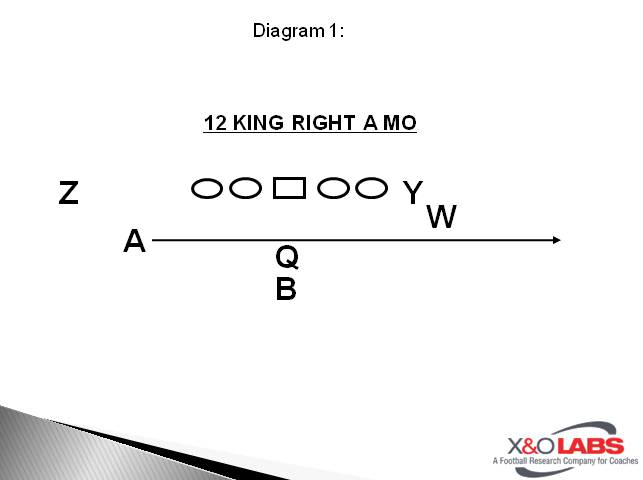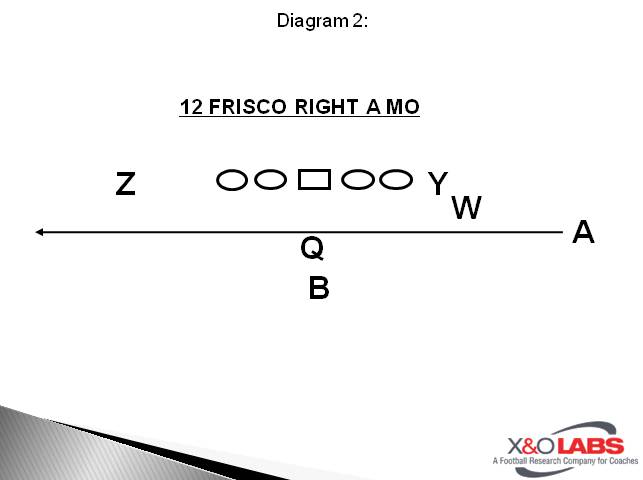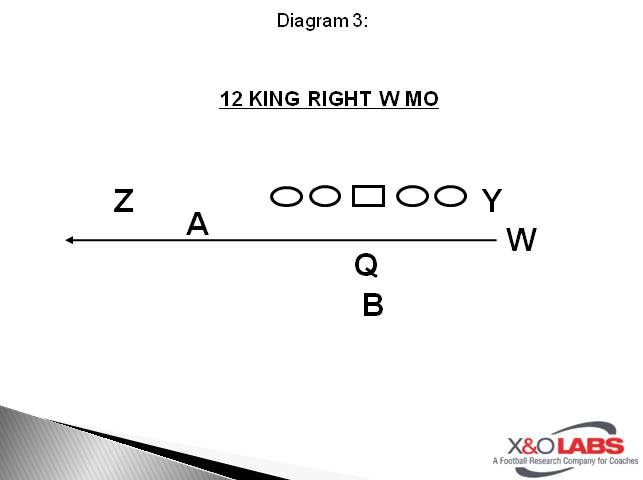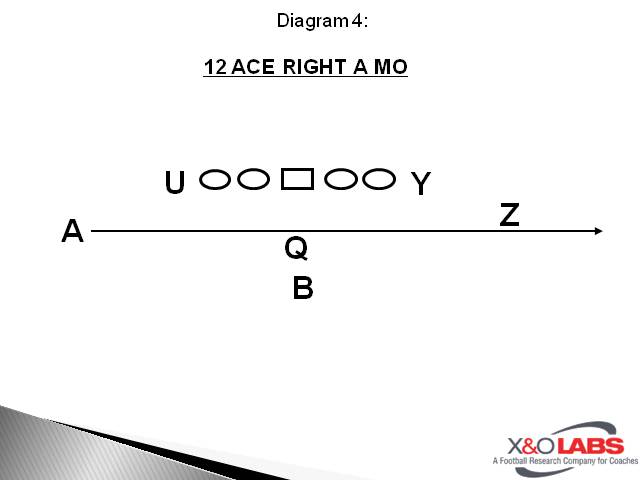By Steve Monninger
Head Football Coach
Norfolk Academy (VA)
Introduction
When I used to be a defensive coordinator, I had a difficult time getting my corners, safeties and overhang defenders to adjust to motions that created a new #1 receiver. What seemed easy to handle in scout team reps and walkthrough sessions proved more challenging on game day. When I became the head football coach at Norfolk Academy six years ago, my mindset switched over to the offensive side of the ball, but I always remembered what gave me fits as a DC.
When installing a no huddle offense at Norfolk Academy, I knew that I wanted to feature offensive motions that were simple for us, but difficult for defenders. It had to be simple with the ability to be executed out of any personal grouping. This report will explain our reasoning behind creating new #1s with motion and will cover specific examples of how the motions are put into practice for specific plays at Norfolk Academy. Let’s start with the top five reasons we like to create a new #1:
Reason #1: Adding new width to the formation affects the defenders:
- Corners cannot effectively use press or jam technique.
- Safeties must adjust over-the-top alignments.
- Overhang defenders must adjust their apex alignments.
Reason #2: Match Ups
- We can easily get our bigger TE against a smaller corner.
- We can easily get our fastest slot WR against a slower corner.
Reason #3: Enhance Inside and Outside Run Game
- These motions can pull defenders out of the box, creating a numbers advantage for our inside run game.
- These motions tend to soften the flank for our middle zone (pin and pull) run game.
Reason #4: Improve RPOs
- These motions tend to “clean up” the C Gap, helping our QB make good reads for our Run Pass Options and perimeter passes.
Reason #5: Route Assignments
- Since all our pass pattern concepts follow a #1, #2, #3 principle, we can use motions to target a better receiver running a specific route.
Implementing Our Formations and Motions
To get our offensive players in the appropriate places, we simply signal a formation, a specific player and a motion from the sideline. The formation will tell all the players where to line up. The player identified (A, Y, Z, W, etc.) knows that he will be going in motion and the type of motion will tell the player where he needs to end up. During the cadence, the QB will simply point to that player to send him in motion. For the sake of this report, we will look at two motions that create a new #1. These motions are “Mo” and “Out.
“Mo” is a motion that sends a player across the formation to create a new #1. This motion will typically change the formation from trips to doubles or doubles to trips. Examples include the following; A Mo, Y Mo, Z Mo, W Mo (Diagrams 1-4).













